We will be your better choice for ball valves
A ball valve is a valve that uses a hollow, rotating ball to cut off, distribute, and redirect the flow of media in a pipeline. It can also be used for fluid regulation and control. Ball valves provide very good shutoff capability. A simple quarter turn (90°) is all it takes to open or close the valve. If the hole in the ball is in line with the flow rate, the valve opens, and when the ball is rotated ninety degrees using the valve handle, the valve closes. This feature minimizes valve operating time and reduces the potential for leakage due to gland seal wear.
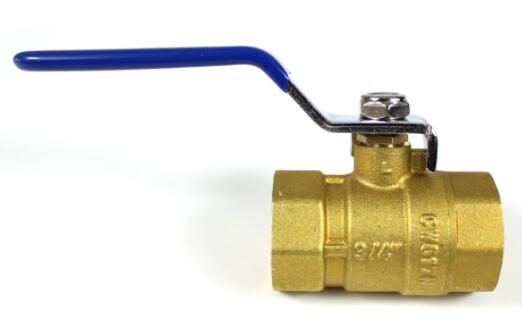
The primary function of a ball valve is to isolate parts of a piping system by starting, stopping or regulating the flow of media (usually water, air or gas) between different chambers, pipes and ducts. This is accomplished by allowing the media to pass freely through the ball valve, by allowing the media through a narrow opening section, or by stopping the flow altogether. Depending on the valve type and handle position, ball valves can also be used to divert flow into different directions.
Ball valves offer easy operation, quick maintenance and a high level of versatility. This means they are widely used in industrial applications and are capable of supporting pressures up to 1,000 bar (100 MPa, or 15,000 psi) and temperatures up to 400°C (752°F), depending on the material, media, and design used.
These components are typically used in applications where they are required to open or close critical locations. The design of ball valves means that they inherently provide reliable shutoff, provided all components are in good working order. However, they are typically less efficient at accurately controlling flow rates in the tapering position between fully open and fully closed.
Recommended article:
Weir Type Diaphragm Valve: A Reliable Solution for Flow Control
Plug Valves: Versatile Flow Control Solutions
The Advantages of Overhead Conveyor Bearings in Industrial Automation
Drum Gear Coupling: The Backbone of Efficient Power Transmission
What is a waste heat recovery boiler and how does it work?
Steel Braided Hydraulic Hose: The Strong and Reliable Solution
Can a 40ft expandable container house be customized?
Types of ball valves
▷ Ball valves can be divided into two main categories: reduced diameter and full bore. In reduced bore valves, the valve opening is smaller than the pipe diameter; in full bore valves, the valve opening is the same size as the pipe diameter. Full bore ball valves are often valuable because they minimize the pressure drop across the valve.
▷ Depending on the method of operation, ball valves can also be classified as manual ball valves, electric ball valves, and hydraulic ball valves (sometimes called hydraulic flow control valves).
▷ Ball valves designed for specific applications are labeled accordingly, e.g. gas ball valves.
Ball valves are usually only recommended for use in the fully open or fully closed position. They are not suitable for regulating flow by holding them partially open, as ball valves use annular soft seats.
When used in the partially open position, pressure is applied to only a portion of the seat, which can cause it to deform. If the seat is deformed, its sealing performance will be impaired, resulting in leakage.
Application of ball valves
Ball valves are most commonly found in piping systems and related applications such as industrial cooling. Their role is usually to help manage the flow rate of liquid or gas through a specific port or opening, thus affecting the pressure balance in other critical parts of the system.
They are also a common feature in various types of faucets and taps, and are widely used in gas lines, household appliances and other industrial applications. In most cases, industrial ball valves tend to be more durable and sturdier in construction than their domestic counterparts. They are typically used in applications where machines or systems operate at significantly higher pressures and temperatures in manufacturing, assembly and production, plastics and metals, chemical, medical, industrial power, food and beverage, printing and textile, electronics, automotive, and logistics.
Choosing the Right Diesel Engine for Your Vehicle or Equipment
Equal Tee: A Comprehensive Guide to Fittings in Plumbing Systems
Exploring the Function and Benefits of an Equal Tee in Plumbing Systems
Anti Corrosive Primer: Protecting Metal Surfaces From Corrosion
How do hammer union seals work?
What are the differences between expanding gate valves and other types of valves?
What are the common applications of mini ball valves?
Related Articles
-
Natural Gas Y Strainer: Ensuring Optimal Gas Flow and Efficiency
-
Hydraulic Rubber Seal: Ensuring Efficiency and Reliability in Hydraulic Systems
-
Factors to Consider When Choosing a Filter Press Feed Pump
162
0
0
-
What is the difference between rigid and flexible flange coupling?
-
Types of Liquid Tight Non-Metallic Flexible Conduit Fitting
170
0
0
-
Unveiling the Versatility and Importance of O-Rings
162
0
0
-
What is the use of high pressure lined slurry pump?
162
0
0

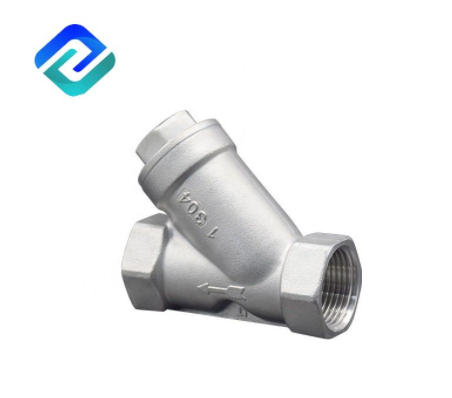
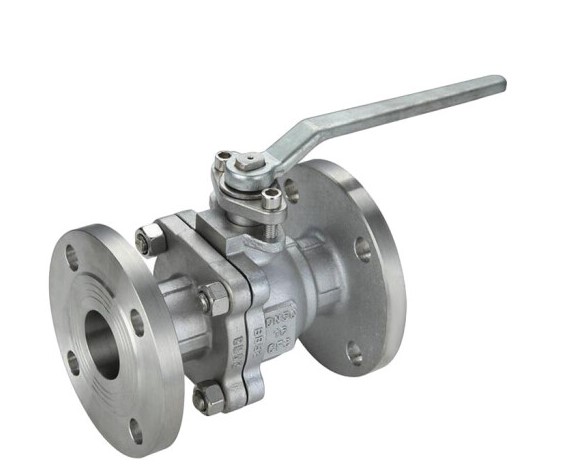
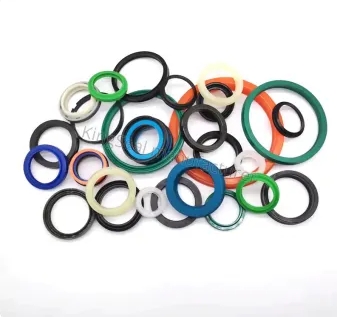
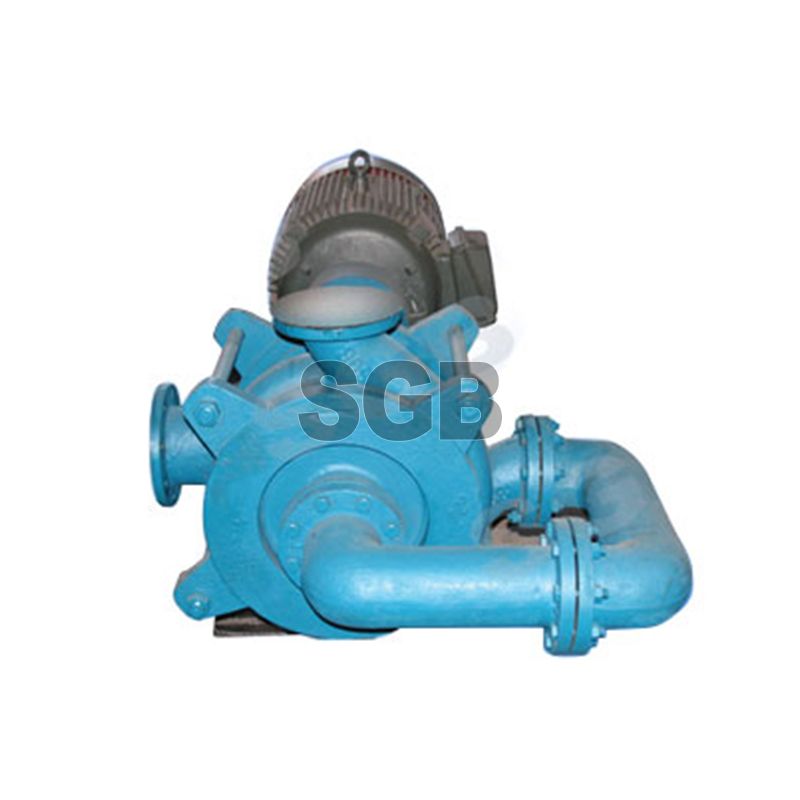
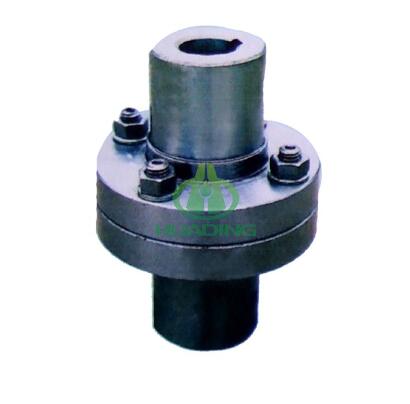
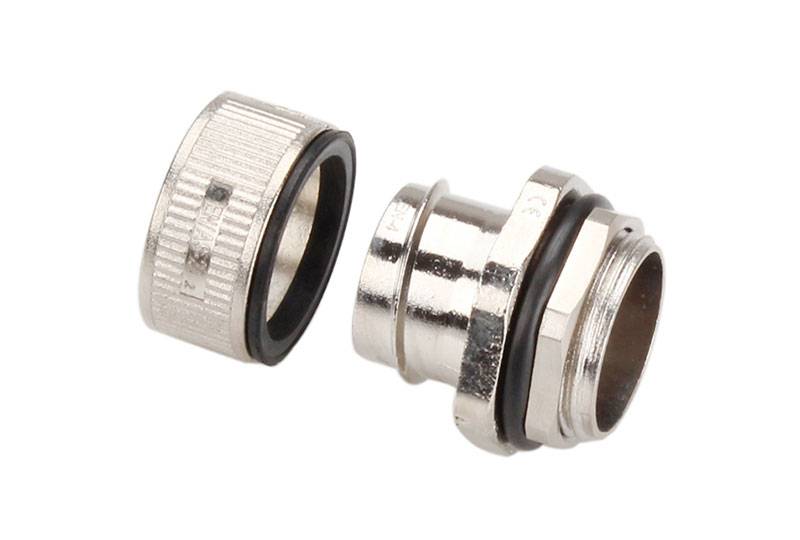
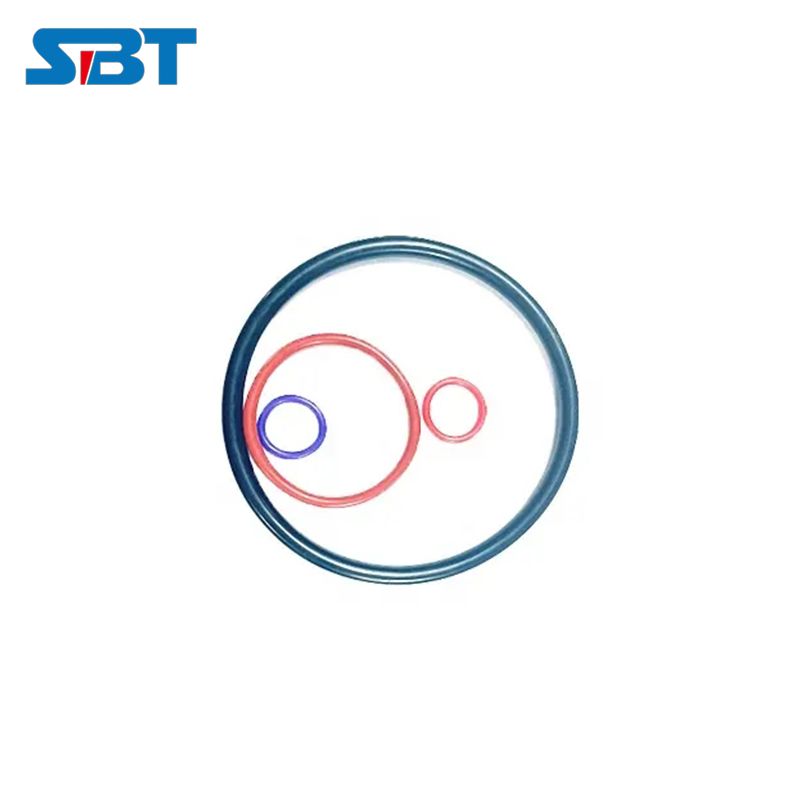
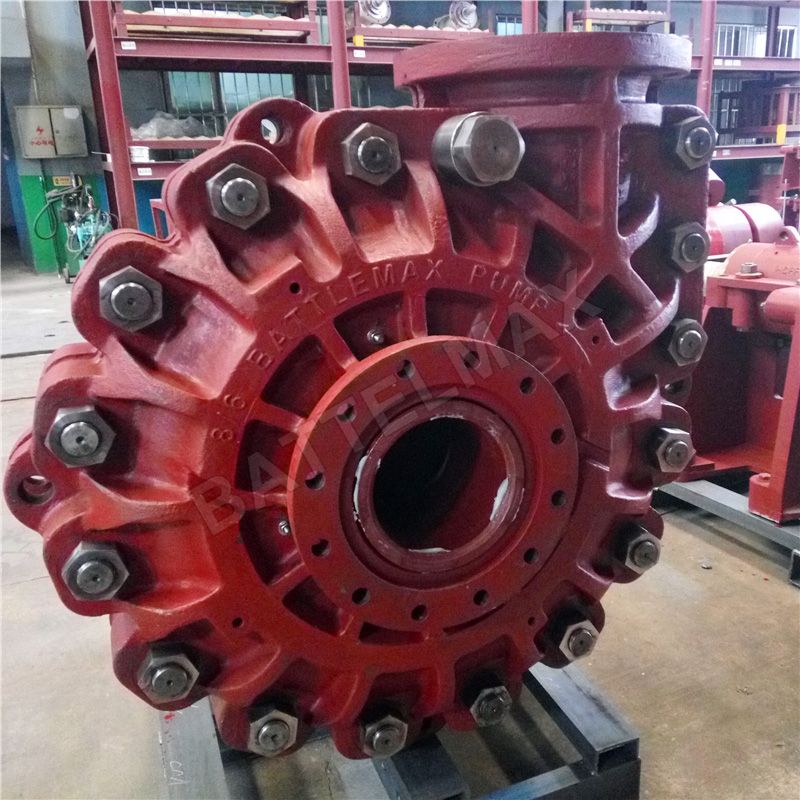
Comments
0